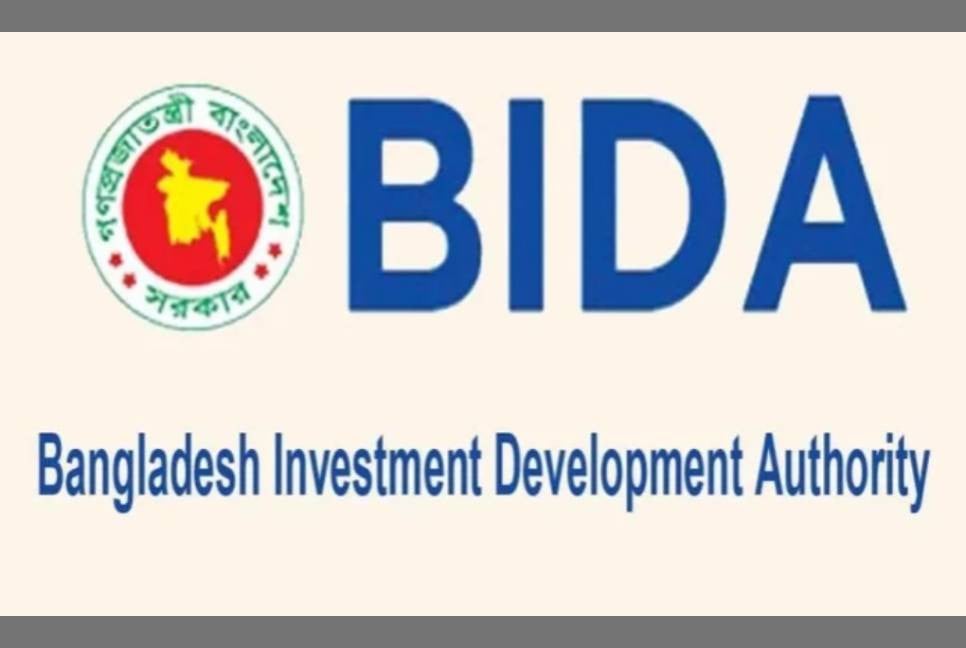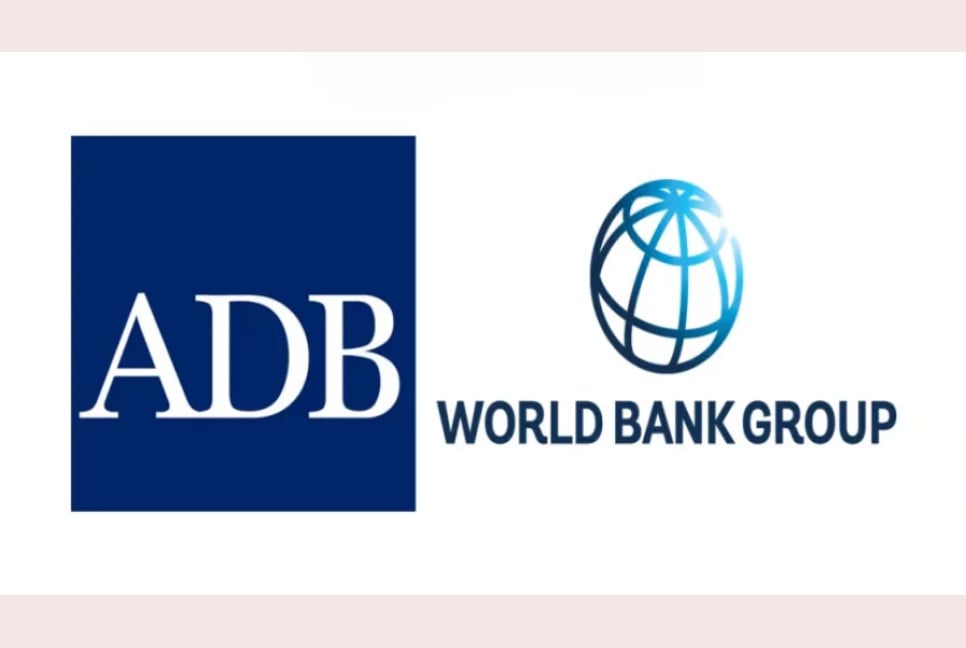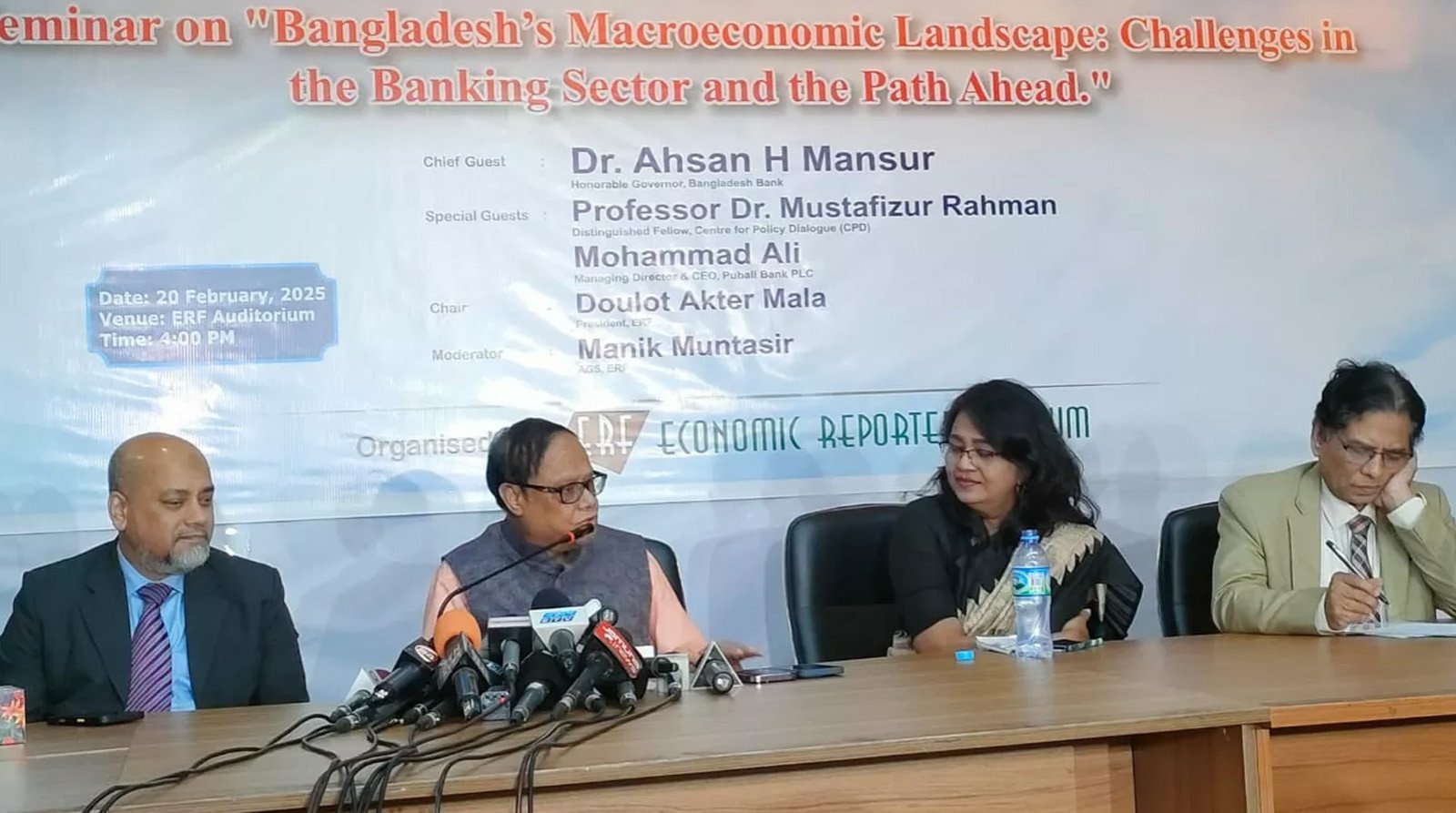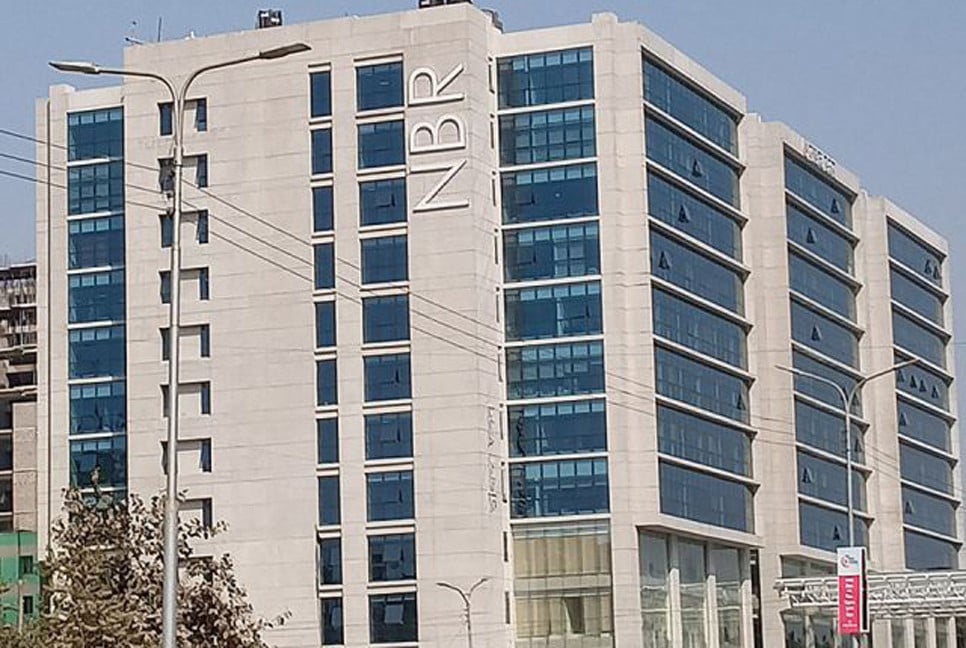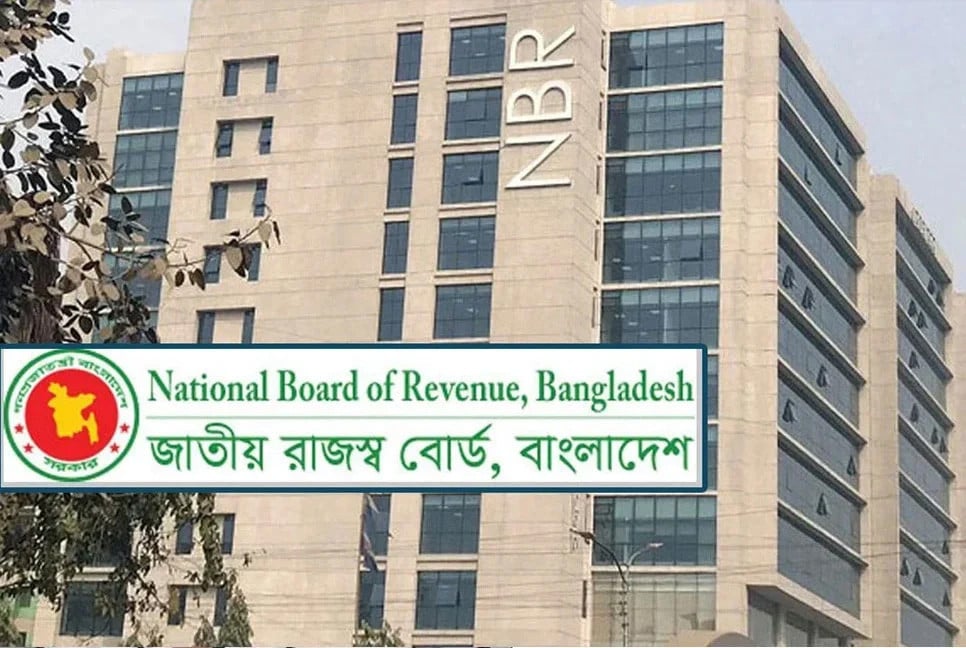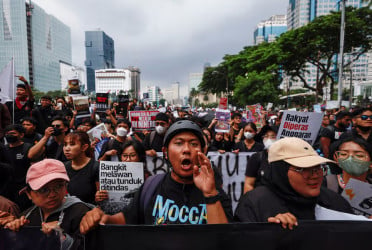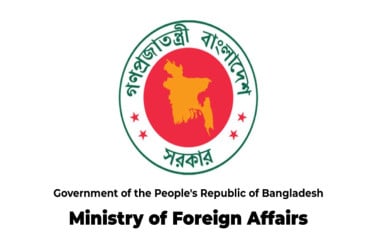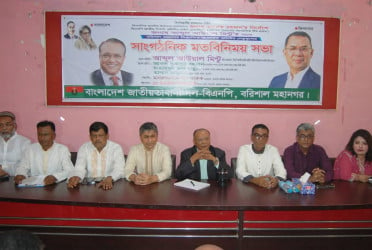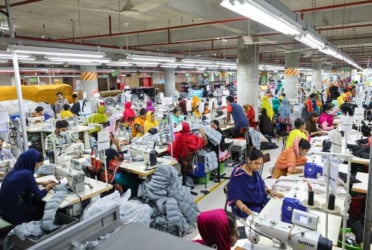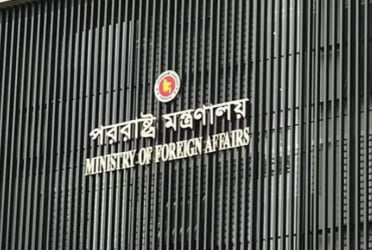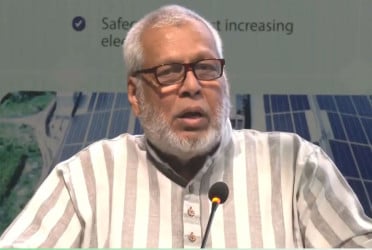The Bangladesh Investment Development Authority (BIDA) has launched “FDI Heatmap,” a data-driven strategic blueprint for attracting Foreign Direct Investment (FDI) to 19 priority and high-potential sectors.
“The FDI Heatmap is more than a plan, it is the blueprint for all our future touchpoints with investors,” said BIDA Executive Chairman Ashik Chowdhury.
“Every (future) roadshow we will plan, bilateral investment treaty we negotiate or policy support we provide will follow this data-driven analysis done by the experts.”
“Despite Bangladesh’s strong economic fundamentals, FDI contributions remain at only 0.5 per cent of GDP – far below the global average of 3 per cent to 4 per cent. The Heatmap aims to reverse this trend by leveraging a structured approach to prioritise sectors, identify high-potential investor markets, and align investment strategies with national goals,” said Nahian Rahman Rochi, head of business development, BIDA.
The development of the FDI Heatmap was made possible through the key contributions of industry experts including Standard Chartered Bank, HSBC, PricewaterhouseCoopers (PwC), Ernst & Young (EY), The Boston Consulting Group (BCG), International Finance Corporation (IFC), IDLC Finance PLC, LightCastle Partners, Inspira Advisory and Consulting Limited, the Foreign Investors’ Chamber of Commerce and Industry (FICCI), Dhaka Chamber of Commerce and Industry (DCCI), Japan International Cooperation Agency (JICA), Japan External Trade Organization (JETRO), and Korea Trade-Investment Promotion Agency (KOTRA).
BIDA plans to operationalise the Heatmap through a series of focused activities aimed at maximising the plan’s impact. These include identifying target markets and lead investors aligned with the priority sectors, showcasing the Heatmap findings at international investment forums and roadshows, and establishing a public-private advisory council to address policy gaps and strengthen sector ecosystems.
Additionally, the Heatmap will be reviewed and updated annually to ensure it remains responsive to evolving market dynamics.
Nineteen priority sectors were selected based on three key factors: 1) market readiness and potential, 2) input factors availability, and 3) strategic alignment with national goals, including SDG and ESG priorities.
The priority sectors have been categorized into the following groups:
Category A (Immediate Targets): Core Apparel, Pharmaceuticals (without API), Agro Processing, IT-Enabled Services, Advanced Textiles, and Renewable Energy.
Category B (Enable Quick Entry): Automotive Parts, Footwear, Light Engineering, and Leather.
Category C (Customized Deals): Logistics and Electronics & Assembly.
Category D (Policy & Capacity Development): EV Batteries, Medical Devices, Technical Textiles, Toys, Active Pharmaceutical Ingredients, Semiconductors, and Plastics.
bd-pratidin/GR

